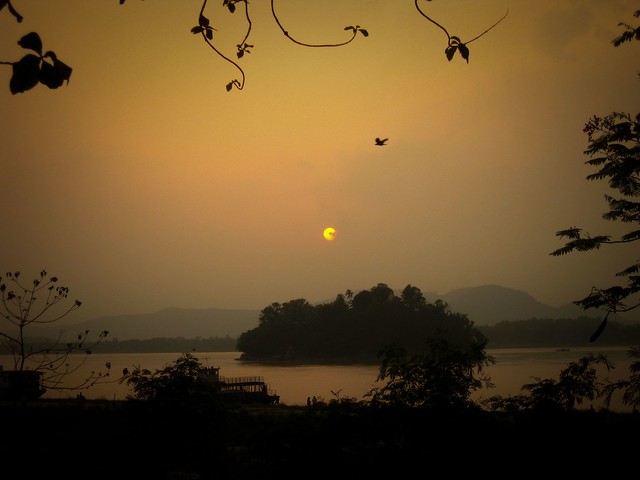
Not very far from Guwahati city but not too close either, perched on the gigantic Brahmaputra river, is the island of Umananda. It is the smallest inhabited river island in the world and is one with unusual stories beginning with even how it got its name.
Legend has it that Lord Shiva lived here much to the ananda or joy of his consort Uma, another name for Parvati. Hence the name ‘Umananda’. 'Bhasmachal' is another name for this island and the story behind it goes thus: Kamdev, the God of love in Indian mythology was burned to ashes here when he interrupted Shiva who was deep in meditation; bhasma’ – destroy, chal’ – place.
There is no dearth of reasons that make Umananda unique but none is, perhaps, as significant as its uncanny ability to sustain one of the most endangered species of primates - the golden langurs. Long considered sacred by many Himalayan people, the golden langurs are found only in parts of Western Assam and the neighbouring foothills of the Black mountains of Bhutan. Popular folklore is that two youth left a pair of these langurs here some 35 years ago and they have since survived. The species, otherwise hostile, has adapted to human beings especially the tourists who frequent the island. Their number increased to 13 at one point of time but only 5 remain now.















